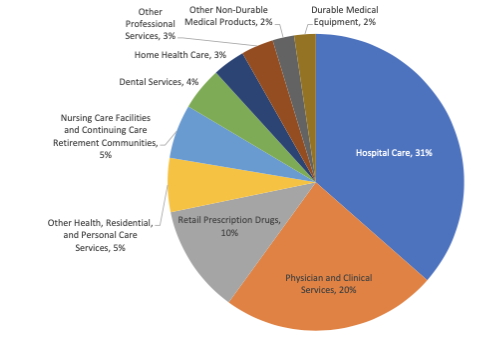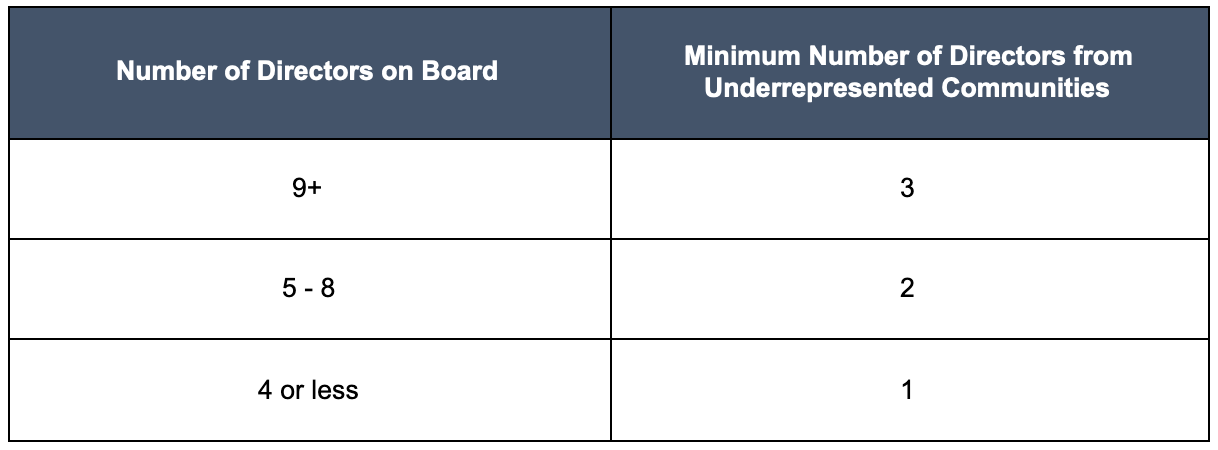Coming off the heels of a record breaking 2021, the first half of 2022 has shaped up to be less than ideal. With no one key driver in our current climate, factors such as eastern unrest, high inflation and interest rates, supply chain complications, and labor challenges due to wage inflation have indicated a looming recession. So, what does that mean for private and public healthcare companies? After several of our team leaders, we address some of the common questions and concerns our clients—and those in the space—have been left wondering.
What are healthcare investors most focused on moving forward?
- Investors have put a significant emphasis on the ability of companies to deliver on their financial guidance without the need for additional capital.
- Investors want to see clear messaging on the timeline for additional raises if necessary.
- Remaining focused on operational performance and delivering better than expected financial results is one key way to drive new interest.
We have been watching our stock price plummet. How do we reverse this?
- Look to control the fundamentals of the business.
- Focus on hitting your timeline and delivering upon milestones. Losing sight of the importance of these smaller accomplishments can have a detrimental impact on company credibility.
- Search for alternate ways to drive success: partnerships, ways to maximize cash flow, efficiencies in operational expenses, etc.
We need to raise capital, but this is not the right time. What are some alternatives?
- Alter the conversation so as not to put a sole focus on raising capital, but pivot to preserving cash flow and growth. For example: tweak the presentation to represent a shift to cost containment versus revenue growth at any cost.
- Execute on presented messaging by finding a pathway that emphasizes profitable growth and cash positions.
- Look to operational expenses like traveling to in-person conferences. If asked to attend, consider if the entire management team needs to join, if those attending are investors that will bring the most value, or if they are even an ideal target.
- Turn to advisors to drum up interest with investors through virtual meetings or 1x1s.
How do we navigate these unique times, simultaneously showing results, driving value, and differentiating ourselves in the market?
- Turn to alternative tools, like ESG reporting. ESG has become a staple to show growth and evolution of a company, which is a win-win for private market investors looking to drive value while transforming unsustainable business models into green ones. Underwriters have taken serious measures to assess climate risk, with firms unwilling to run the risk of mispricing their investments.
- Be discerning with how and which investors or banks are being targeted. Choose those that cater to a company’s sector and size to maximize a successful partnership.
- Find alternatives to conferences with unique ways to get a company’s name and brand out. Examples could be KOL days, appearance on an expert panel, making introductions to smaller firms and family offices, or unique marketing activities.
- Look to be strategic in how you are raising capital. Viable options include grants, partnerships, non-dilutive capital options, or licensing deals with productive co-partners.
Though everyone is weathering the same storm, not all strategies are universally applicable. It is important to understand the nuanced strategies, cash positions, and pathways a company can take to have productive, fruitful conversations with investors and achieve success beyond this bear market. No matter what size, stage, or sector, Gilmartin Group partners with healthcare pioneers, both public and private, to build corporate strategies and develop clear messaging that positions them to build credibility over time while highlighting the value they provide.
If you would like to discuss how Gilmartin Group can best help position you emerge from the current bear market, please contact us today.
Brynna O’Leary, Analyst







